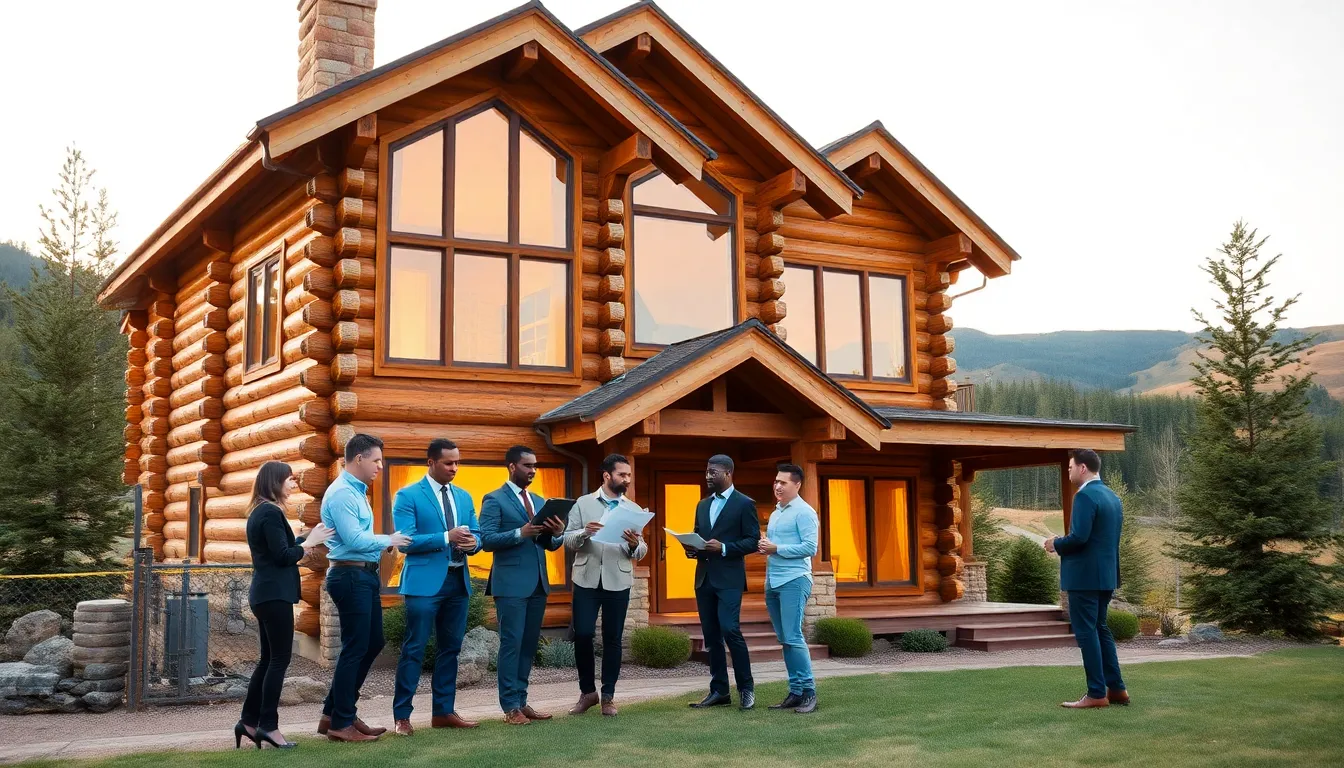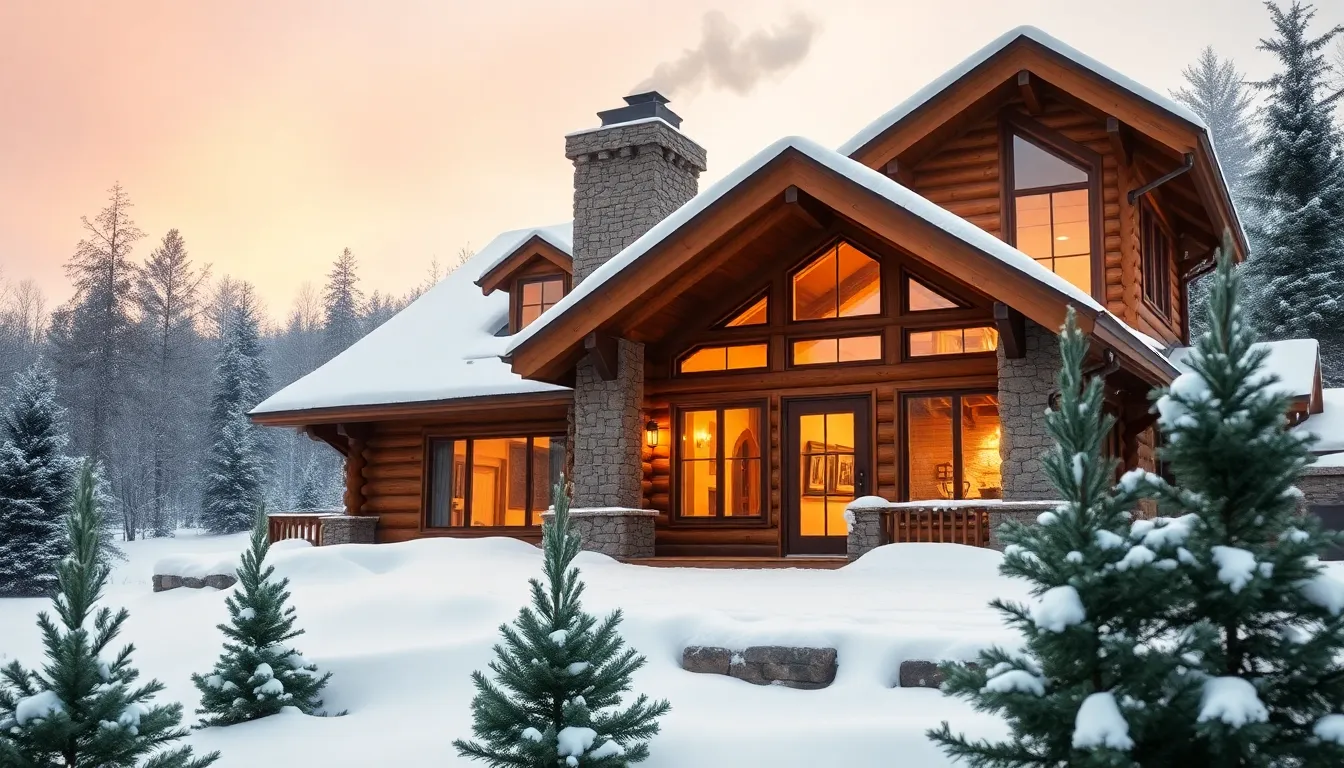Table of Contents
ToggleImagine snuggling by a roaring fireplace in a cozy log home while the snow whirls outside. It sounds like a dream, right? But here’s the kicker, many people wonder if these rustic beauties are truly energy efficient. The short answer? Yes, they can be. Strap in as we jump into the world of log homes and uncover the nuts and bolts of their energy efficiency, with a little humor to keep things lively.
Understanding Log Home Construction

Log homes have been around for centuries, merging tradition with modernity in fascinating ways. Constructed primarily from whole logs, these homes boast unique architectural designs that set them apart from conventional builds. The thick walls made from solid timber create a distinctive environment that echoes the charm of nature. But it’s not just about aesthetics: the construction method plays a pivotal role in a log home’s energy efficiency. Using logs as the primary building material means they naturally resist air infiltration. This is a game-changer when it comes to insulation. It’s like wrapping your house in a warm, wooden blanket that keeps the chill at bay during those cold winter nights.
The Thermal Properties of Logs
Logs possess impressive thermal properties. The specific heat capacity of wood allows it to absorb heat during the day and release it when temperatures drop, maintaining a stable indoor climate. Think of logs as nature’s thermal batteries. They store heat during the day and release it when your home cools down. This unique characteristic means you can enjoy comfortable temperatures without blasting the heater constantly. Also, the natural insulative properties of wood reduce energy costs by minimizing the need for artificial heating and cooling. What’s not to love?
Benefits of Energy Efficiency in Log Homes
Choosing a log home comes with a treasure trove of advantages related to energy efficiency.
First, reduced energy costs stand out as a significant bonus. Homeowners enjoy lower utility bills thanks to the natural insulation provided by the logs. It can be music to anyone’s ears when the monthly electricity statements arrive, revealing shocking savings. Beyond just the financial aspect, these homes also contribute to a reduced carbon footprint. Sustainable forest management practices ensure that the wood used for logs comes from eco-friendly sources.
Factors Affecting Energy Efficiency
But, it’s essential to consider factors that can influence the energy efficiency of a log home. Quality of construction, the type of wood used, and maintenance levels can all play key roles. If a log home isn’t sealed or maintained well, air leaks can develop, which might compromise that cozy, energy-efficient atmosphere homeowners desire.
Comparing Log Homes to Traditional Homes
When comparing log homes to traditional structures, a few differences become crystal clear. While brick and siding houses rely more on traditional insulation methods, log homes use the wood itself as insulation. This can lead to a more naturally regulated temperature environment. Traditional homes may require a significant amount of energy for heating and cooling, depending on the insulation type used. Log homes, on the other hand, allow residents to capitalize on the natural properties of wood to achieve comfort without sweating over energy bills. In essence, living in a log home can feel like being enveloped in a warm hug that doesn’t malinger on your finances.
Best Practices for Enhancing Energy Efficiency
To maximize the energy efficiency of a log home, several best practices can make a world of difference:
- Proper Sealing: Ensuring that all gaps and cracks are sealed is essential. Quality sealing prevents air from sneaking in, ensuring that your cozy log abode stays snug as a bug.
- Maintaining Logs: Regular maintenance helps to avoid decay and air leaks. A well-maintained log home will perform better when it comes to energy efficiency.
- Installing Energy-efficient Windows: Upgrading to double or triple-pane windows can significantly reduce heat loss.
- Insulating the Roof: A well-insulated roof can prevent heat loss, turning your log home into a fortress of warmth.
By following these practices, homeowners can amplify the energy-efficient magic of their residences.




